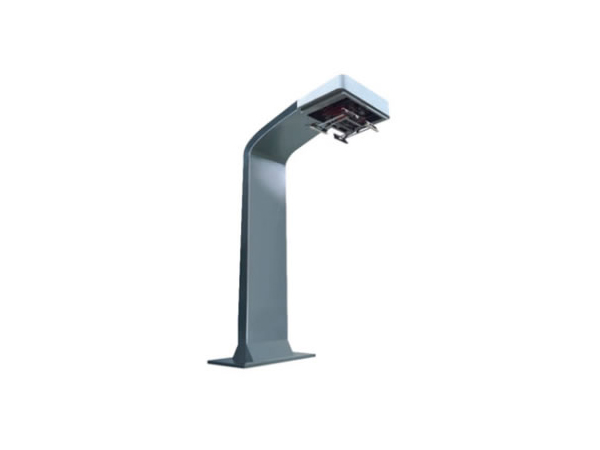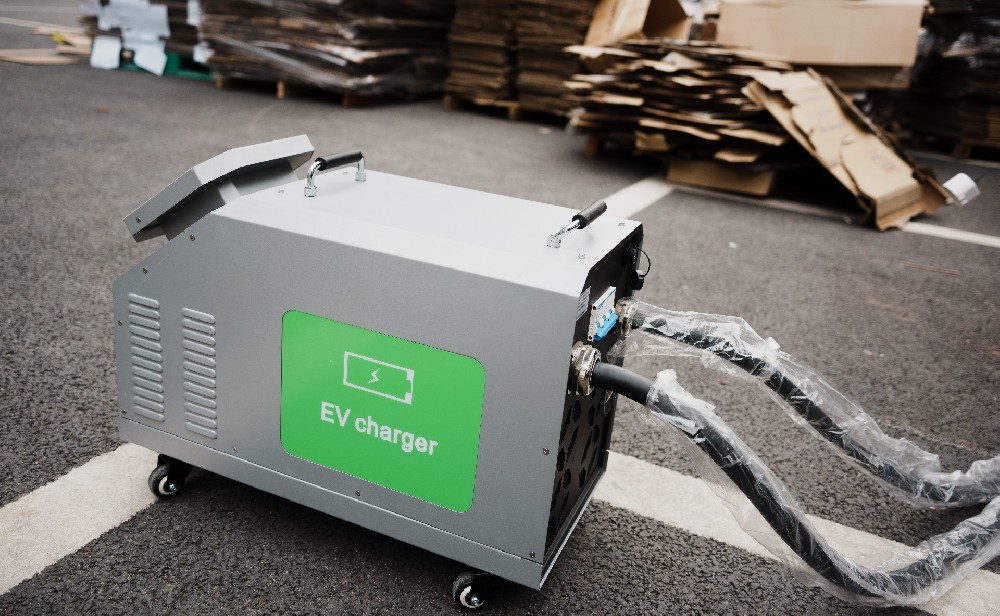-
13822183778@139.com
-
13822183778
AC charging gun and DC charging gun: a century long battle of charging methods
In the wave of new energy vehicles, charging guns have become an indispensable part of our daily lives. However, you may have some understanding of the two mainstream charging methods, AC charging guns and DC charging guns, but you may not fully understand the differences between them. Today, let's delve into the differences between these two types of charging guns and their impact on daily use.
Firstly, let's understand the basic concepts of AC charging guns and DC charging guns. Communication charging gun, also known as slow charging gun, charges through a household power outlet or dedicated charging station. This charging method uses alternating current, which is converted into direct current through a car charger to charge the battery. The DC charging gun, also known as the fast charging gun, charges the battery directly through a DC power source, resulting in a faster charging speed.

1. Charging speed and time: This is the most intuitive difference. The charging speed of the communication charging gun is slow, usually taking 6-8 hours to fully charge the electric vehicle. The charging speed of DC charging guns is much faster, taking only 30 minutes to 1 hour to fully charge electric vehicles. Therefore, if you need to replenish a large amount of electricity for an electric vehicle in a short period of time, a DC charging gun will be a better choice.
2. Charging facilities and costs: AC charging guns do not require additional power infrastructure as they use household power sockets or dedicated charging stations for charging. However, DC charging guns require specialized fast charging stations, which have high installation and maintenance costs. Therefore, from a cost perspective, AC charging guns have more advantages.
3. Impact on batteries: Although both AC and DC charging methods can charge batteries, their impact on batteries is different. Long term use of an AC charging gun for charging may cause the battery to heat up and affect its lifespan. The DC charging gun, due to its fast charging speed, can reduce battery heating and extend battery life.
4. Scope of application and popularity: Currently, due to the charging speed and cost issues of DC charging guns, their popularity has not yet reached the level of AC charging guns. The installation of AC charging stations is more common in public places and highway service areas in cities. However, with the development of new energy vehicles and the improvement of power infrastructure, the use of DC fast charging piles will become increasingly widespread.
In summary, both AC charging guns and DC charging guns have their own advantages and disadvantages. In daily life, we can choose the appropriate charging method according to our actual needs. For households with fixed parking spaces and household power outlets, AC charging guns may be more suitable. For drivers who need to quickly replenish their battery in a short period of time or travel longer distances, DC charging guns have more advantages. Meanwhile, with the continuous development of new energy vehicle technology and the gradual improvement of power infrastructure, we believe that these two charging methods will play a greater role in the future new energy vehicle market.
 How long does it take to charge ···
How long does it take to charge ···
 DC Fast Charging CCS type 2 plug
DC Fast Charging CCS type 2 plug
 The high-voltage and high-curren···
The high-voltage and high-curren···


